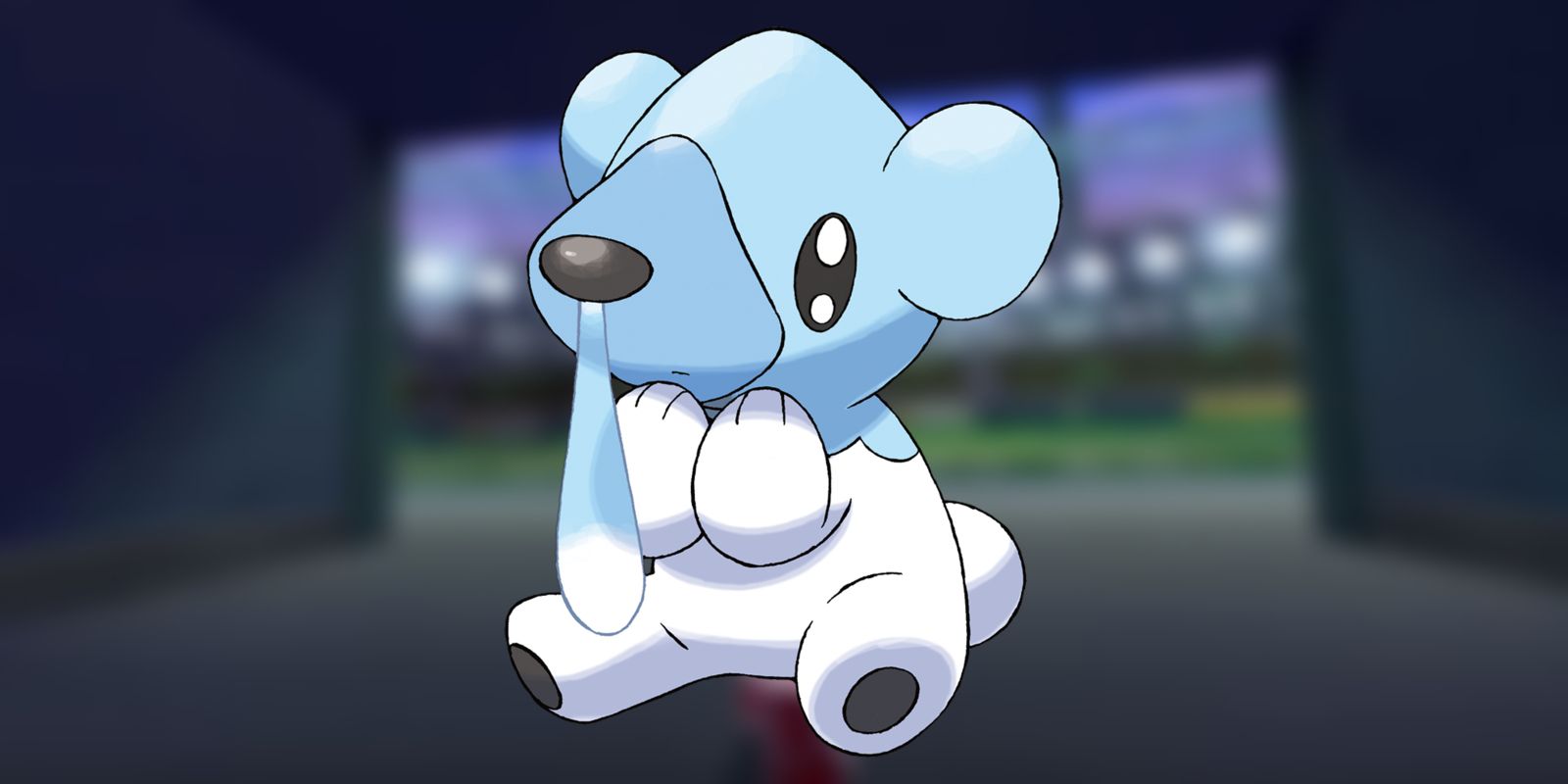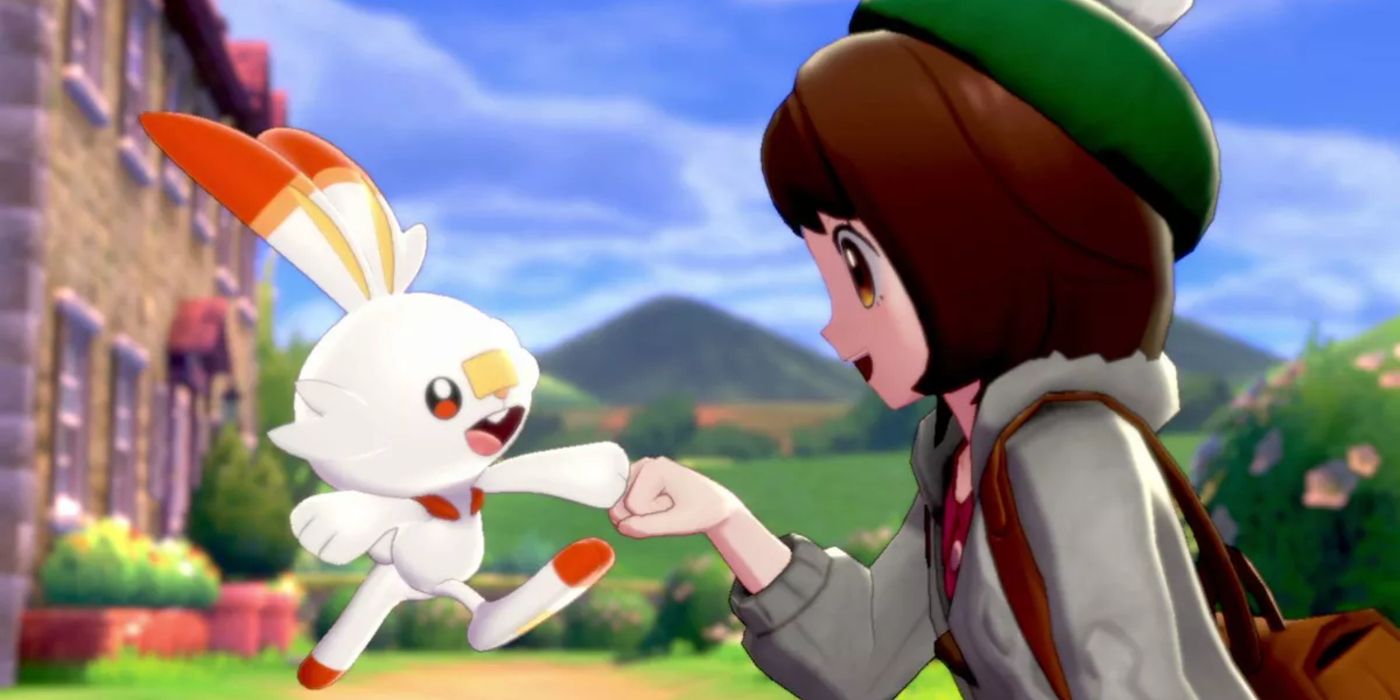Only a single Pokémon is directly referenced in the ESRB's ratings summaries for Pokémon Sword and Shield and in that of all other Pokémon games. It's not Drifloon or any of the Pokémon whose terrifying Pokédex entries mention murder or kidnapping. No, it's the diminutive Cubchoo, the adorable little Ice-type bear Pokémon, that most draws the ire of the video game ratings board.
The Entertainment Software Rating Board was founded in 1994 to provide age ratings to video games released in the U.S. The board is responsible for combing through upcoming releases and assigning them appropriate labels, such as "Rated M." Changing standards over time mean the rating process is not always perfect, leading to some games that should be rated differently in hindsight. Those changing standards also allow for new labels to be added, but even these have their problems. For example, the relatively new in-game purchases label doesn't specify what the purchases are, leaving it ambiguous whether an upcoming game will have loot boxes or might not even have microtransactions at all.
For each of the one-letter ratings it assigns to a game, the ESRB provides a summary of the in-game content that resulted in its chosen rating. In the ESRB ratings summaries for Pokémon Sword and Shield, Cubchoo is the only Pokémon specifically called out. This callout appears in the Pokémon X and Y, Omega Ruby and Alpha Sapphire, and Black 2 and White 2 summaries, as well, and no other Pokémon is mentioned in any other Pokémon game summary on the ESRB's website. The thing that makes Cubchoo so offensive the video game ratings board feels it needs to call the little creature out? Snot. That's it. Cubchoo's drooping snot.
Pokémon Sword and Shield's ESRB summaries begin with descriptions of how the games depict violence: Impact sounds and light effects appear onscreen as players select from fire- and electricity-based attacks, followed by depleting Pokémon health bars. The summaries mostly describe general truths about the games' setting and mechanics, but they conclude with the following final fact. (And, yes, the ESRB misspelled the word "mucus.")
"One creature is seen with a large drop of mucous hanging from its nose. "
Other Pokémon game summaries include mentions of moves like Belch and Gastro Acid, so it seems the ESRB is concerned with depictions of bodily fluids and functions. This makes sense, as it's reasonable for a parent to want to know if a game includes any "toilet humor," but it's odd that there's no mention of the weirdly creepy Pokédex entries that describe horrors like a Pokémon wearing its mother's skull or stealing a person's soul. Cubchoo's snot drop is undoubtedly nasty, but there are many other Pokémon more deserving of callouts by video gaming's highest authority on appropriateness.
Next: Mudsdale Shouldn't Exist In Pokémon Sword And Shield’s Galar Region
Pokemon Sword and Shield released on November 15, 2019, for the Nintendo Switch.


